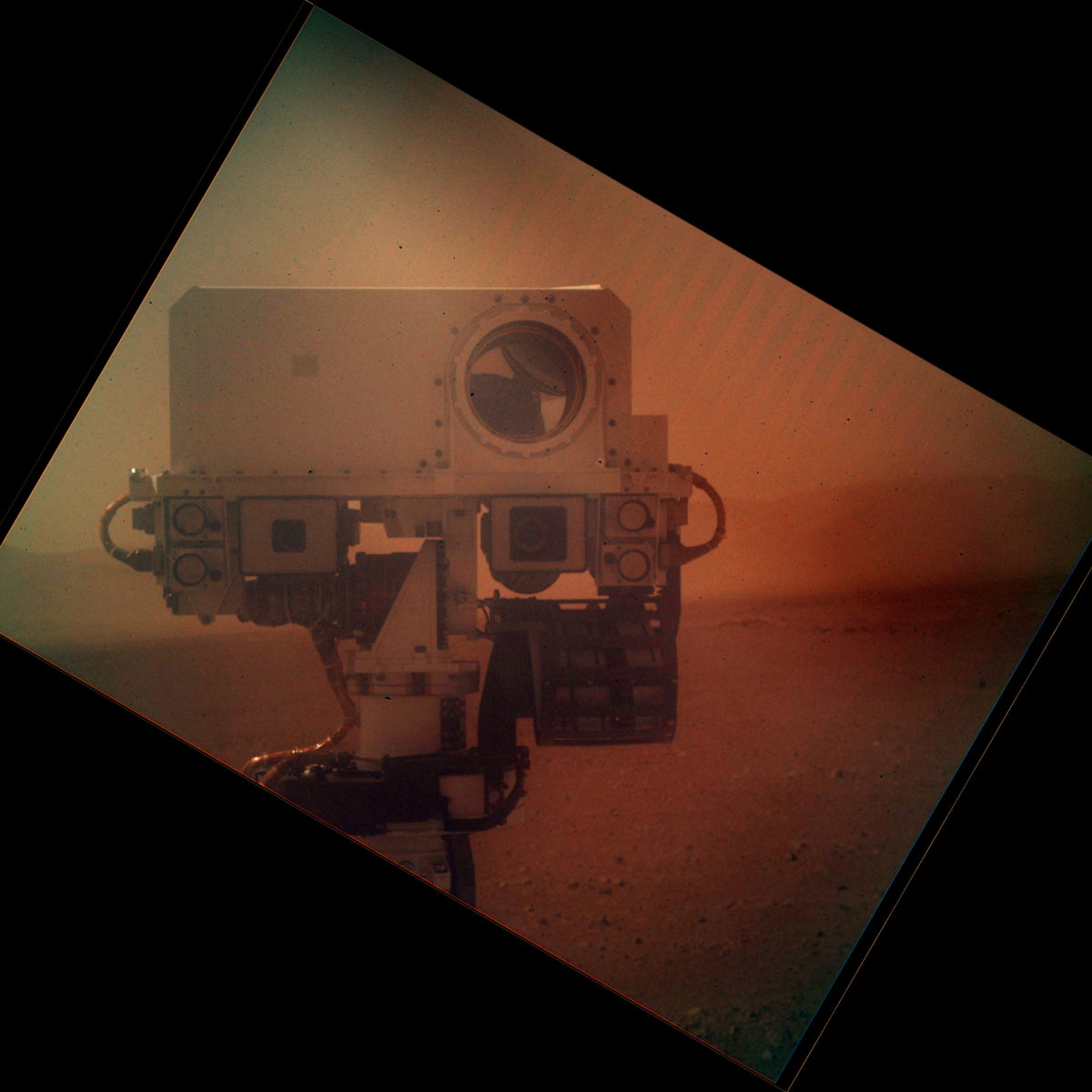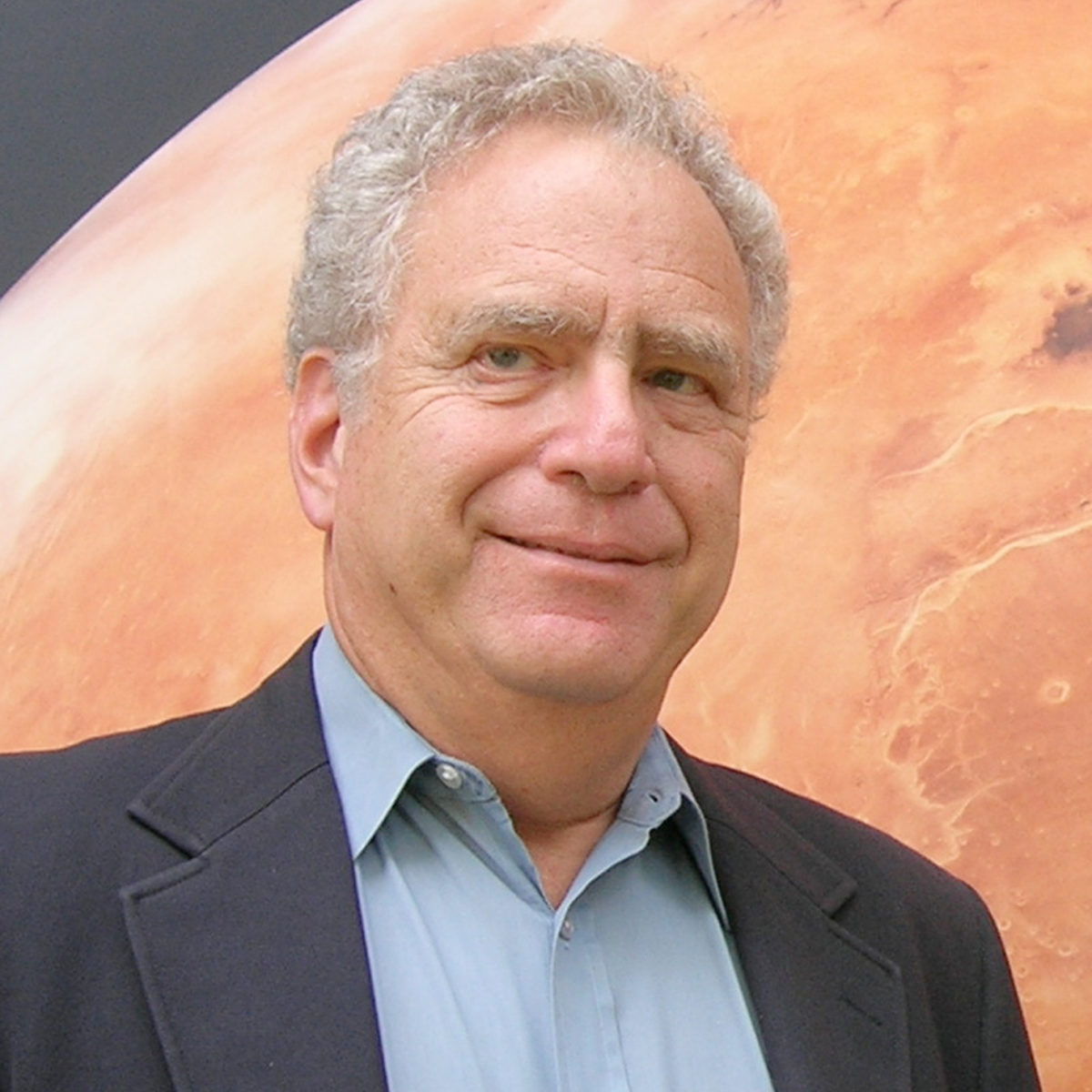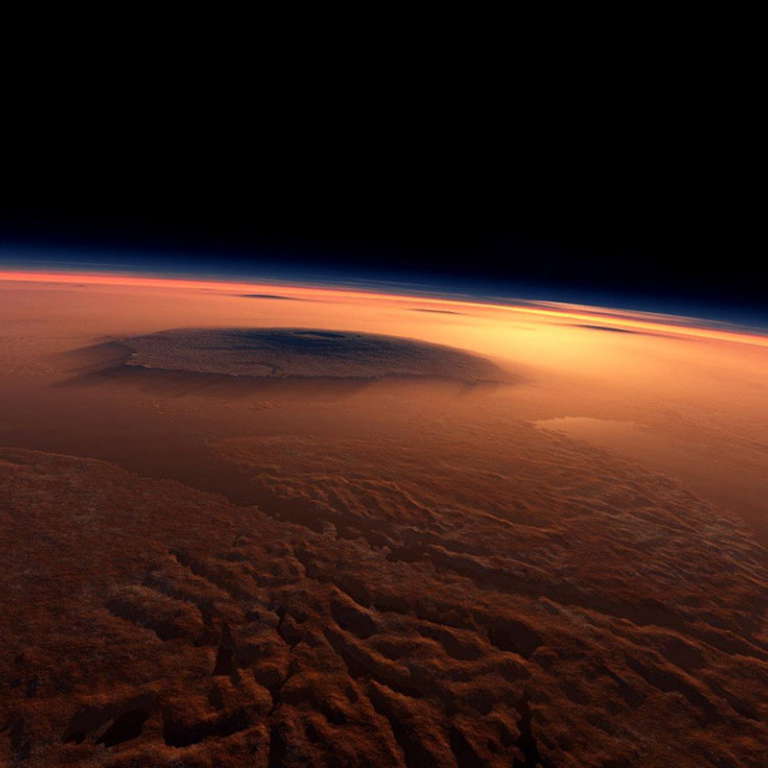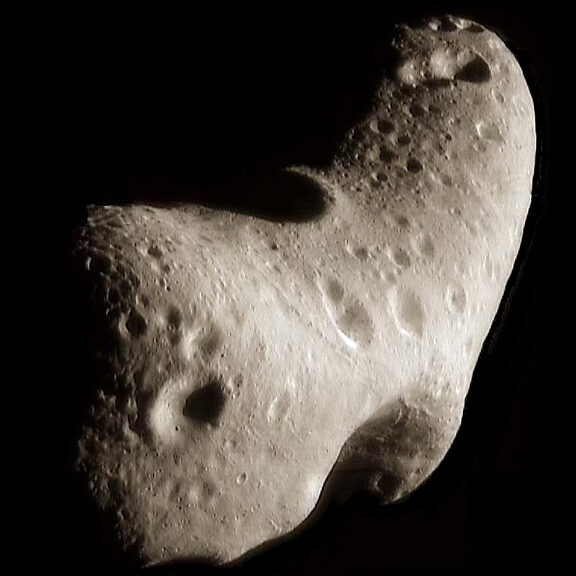Since 2002, Planetary Radio has visited with a scientist, engineer, project manager, advocate, or writer who provides a unique perspective on the quest for knowledge about our Solar System and beyond. The full show archive is available for free.
Search Planetary Radio
The new Mars Science Laboratory Project Scientist is not new to the mission. Ashwin Vasavada has worked on the Curiosity rover since 2004.
The newly-approved federal budget includes great news for fans of space exploration and development. Texas Congressman John Culberson led the fight for a Europa mission, the SLS rocket, commercial crew and more. He tells us why on this week’s show.
Emily Lakdawalla returns from the annual Division for Planetary Sciences meeting with big news from around the solar system. Then we talk with science journalist Traci Watson about the departure of the great Arecibo radio telescope’s Director and the funding challenge that could shut down the observatory.
The founding Executive Director of the Planetary Society has just written “Human Spaceflight: From Mars to the Stars,” an optimistic view of humanity’s future in the solar system and beyond.
Scott Hubbard and John Logsdon led the Humans Orbiting Mars Workshop last spring. They return with Casey Dreier as the report on that workshop is released to the world.
We’ve already brought you Planetary Radio Live from the 2015 PDC near Rome, Italy. Now you’ll hear a small sampling of the scientists, engineers, policymakers and media experts who spent five days considering how humanity will respond to a potentially disastrous threat. Bruce Betts celebrates the great Jupiter-Venus conjunction in What’s Up. Bill Nye and Emily Lakdawalla return next week.
Explore Mars revealed the 2015 Humans to Mars Report at a recent conference in Washington. CEO Chris Carberry gives us a quick tour of this inspiring assessment of what it will take to get more than robots to the Red Planet.
Planetary Radio Live was the only public event at the just-completed Planetary Defense Conference in Italy. Join us for excerpts from an all-star celebration of worldwide efforts to find, track, characterize and eventually deflect killer Near-Earth Objects.
A human mission to orbit Mars might be possible by 2033, and it might be accomplished at reasonable cost and with existing or nearly-ready technology. Three leaders of a recent Washington DC conference on this topic provide a report.
Senior Editor Emily Lakdawalla has returned from the Lunar and Planetary Science Conference in Texas with the latest revelations about our solar system. She shares them in an extended report.
The Mars Science Laboratory rover has accomplished its primary goals on the Red Planet, and John Grotzinger has left his central role to become Chair of the Division of Geological and Planetary Sciences at the California Institute of Technology. He shares his thoughts about the ongoing mission and much more.
Not just the air. Where is the water that was plentiful on the red planet billions of years ago? MAVEN may help answer these questions. Principal Investigator Bruce Jakosky reports on the early, exciting science data.
Only days after Voyager 1 reached interstellar space, forward thinkers met in Houston, Texas to consider how humans can become a starfaring species. Planetary Society Emeritus Executive Director Lou Friedman reports from the meeting.
Bruce Banerdt provides a status report on Spirit and Opportunity. Bill Nye has something old and something new to talk about, and Bruce Betts returns from the Planetary Defense Conference in Spain with news of Near Earth Objects and other things in the night sky.


 Explore Worlds
Explore Worlds Find Life
Find Life Defend Earth
Defend Earth














